(R101) Letter-Sound Video Models for Beginning Readers
$0.00 including GST
In this free video modelling resource, we introduce high frequency grapheme-phoneme correspondences (GPCs) following a sequence aligned with the popular Sounds Write synthetics phonics program. We introduce the GPCs in small groups, starting with <a, i, m, s, t>.
Each video includes a model, followed by a grapheme review to check for knowledge and recall. Each subsequent video builds on the last by introducing a new group of sounds, and then reviewing all sounds previously introduced.
Description
Some people think that written English is too irregular and difficult to teach in an organised way, with far too many words (520 million – 2+ billion words!), and 461 possible mappings between letters and sounds.
This view ignores pattern and word frequencies:
-
- a large proportion of written English is highly regular and can be read with knowledge of only around 64 high frequency grapheme-phoneme correspondences (GPCs); and
- English word usage obeys “Zipf’s Law”: a small number of words occur very often, with just 100 words accounting for about 50% of written English.
The science tells us that:
-
- early literacy teaching should start with letter-sound relationships, and teach them in an explicit, organised, and sequenced manner (systematic phonics);
- beginners should be taught to sound out each phoneme (speech sound) in a word and then to blend them together to pronounce the word (synthetic phonics);
- for beginners, each grapheme (letter or letter combination corresponding to a speech sound) should be translated into its corresponding speech sound (phoneme) and then blended to produce the word (word decoding); and
- with knowledge of the 64 GPCs and the 100 high frequency words, students can read around 90% of monosyllabic words used in written English.
Taken together, this evidence suggests that teaching beginning readers:
-
- the 64 high frequency GPCs;
- how to decode letters and blend speech sounds together to make words; and
- a small set of high frequency, irregular sight words,
is a great way to help students with their early reading development.
In this free video modelling resource, we introduce high frequency GPCs following a sequence aligned with the popular Sounds Write synthetics phonics program. We introduce the GPCs in small groups, starting with <a, i, m, s, t>.
Each video includes a model, followed by a grapheme review to check for knowledge and recall. Each subsequent video builds on the last by introducing a new group of sounds, and then reviewing all sounds previously introduced.
For more on how early letter-sound relationships, check out our free articles:
Here’s an example of one of the videos:
Available as a PDF and Google Slide document.



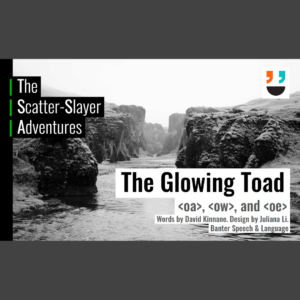
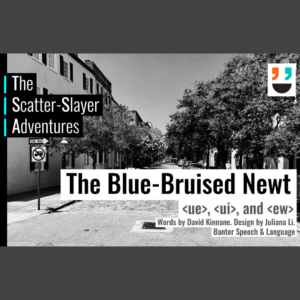
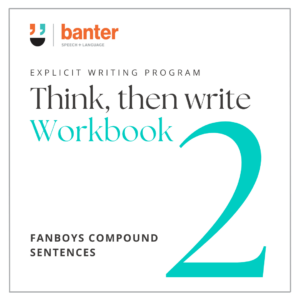
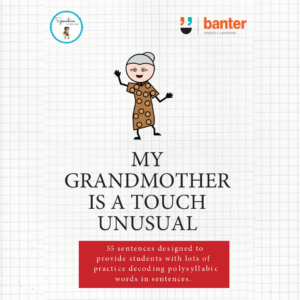
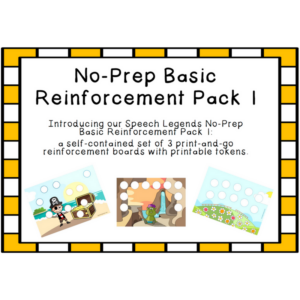 No-Prep Basic Reinforcement Pack I
No-Prep Basic Reinforcement Pack I  Word Learner
Word Learner 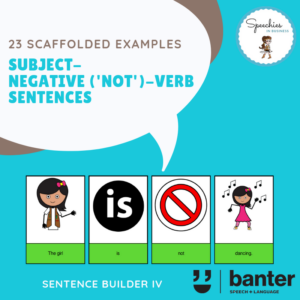 (L124) Subject-Negative ('not')-Verb (SNegV) Sentence Builders
(L124) Subject-Negative ('not')-Verb (SNegV) Sentence Builders 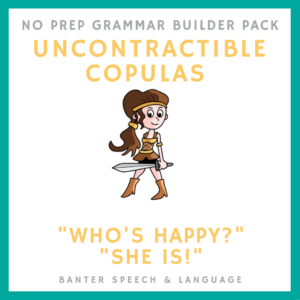 (L264) The No Prep Grammar Builder: Uncontractible Copulas (“Who’s happy?” “She is!”)
(L264) The No Prep Grammar Builder: Uncontractible Copulas (“Who’s happy?” “She is!”) 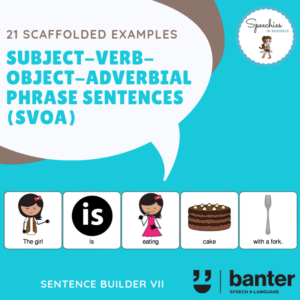 (L145) Subject-Verb-Object-Adverbial Phrase (SVOA) Sentence Builders
(L145) Subject-Verb-Object-Adverbial Phrase (SVOA) Sentence Builders 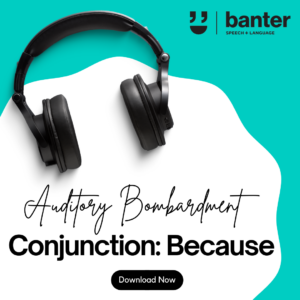 (L229) Conjunctions - Because (Auditory bombardment)
(L229) Conjunctions - Because (Auditory bombardment) 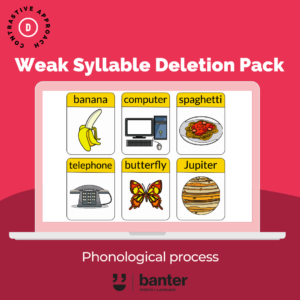 (D406) Weak Syllable Deletion Pack
(D406) Weak Syllable Deletion Pack 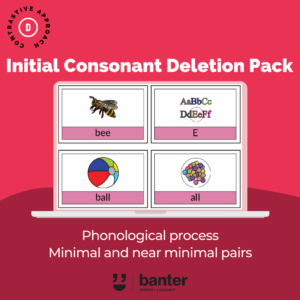 (D410) Initial Consonant Deletion Pack
(D410) Initial Consonant Deletion Pack  (D409) Gliding Pack
(D409) Gliding Pack 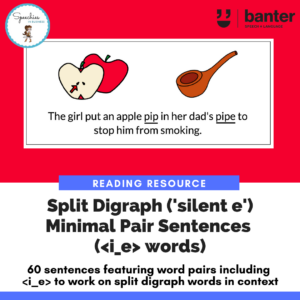 (R309) Reading Resource: Split Digraph ('silent e') Minimal Pair Sentences: i_e words
(R309) Reading Resource: Split Digraph ('silent e') Minimal Pair Sentences: i_e words 